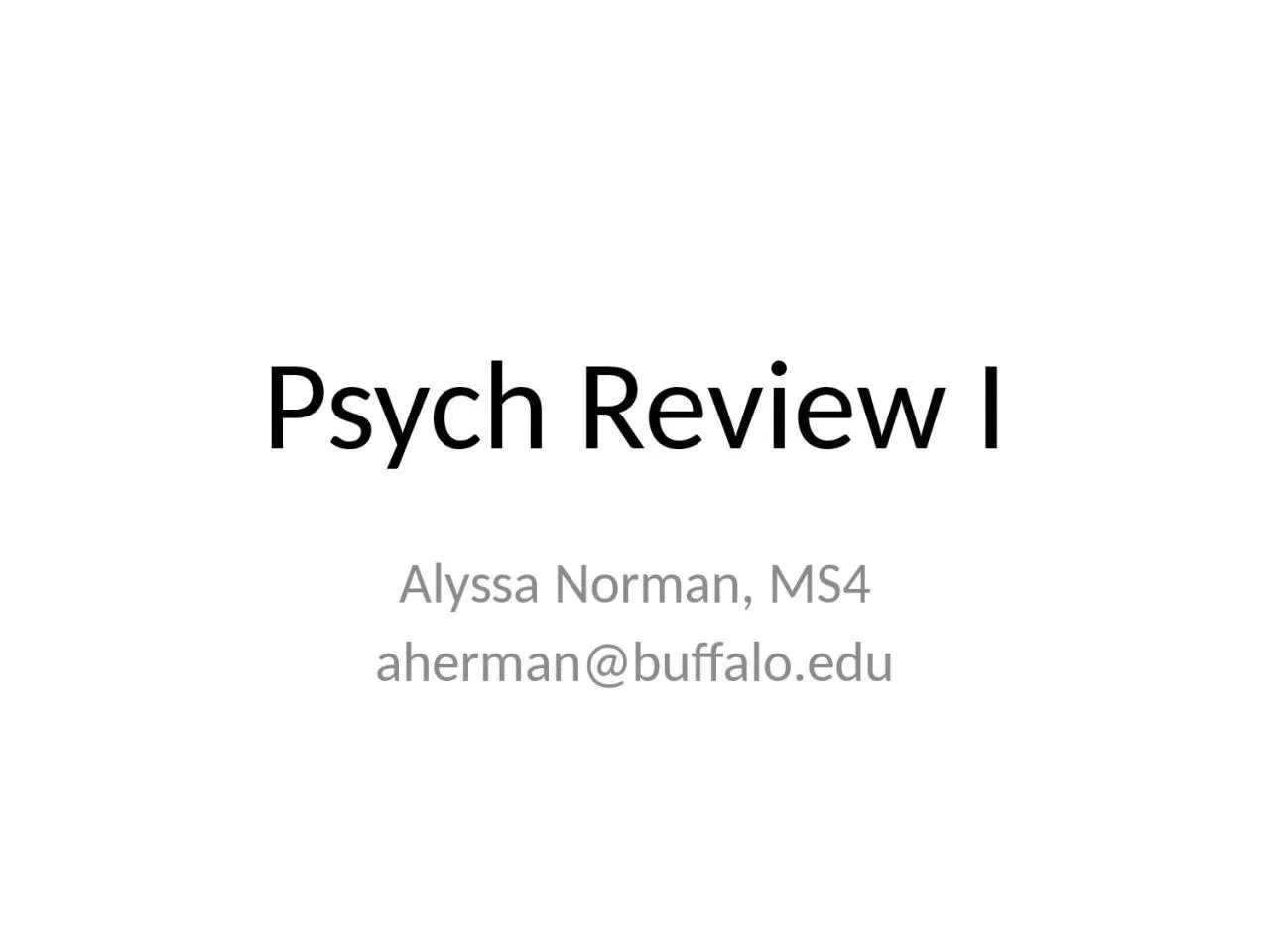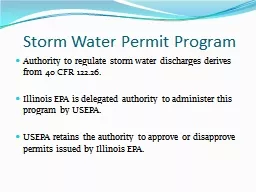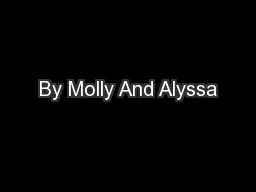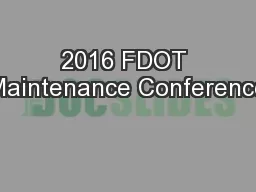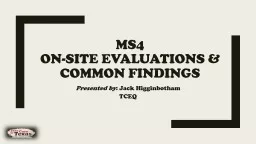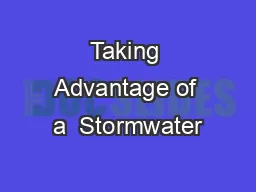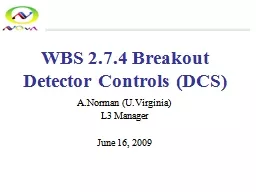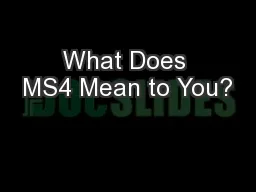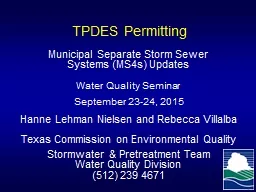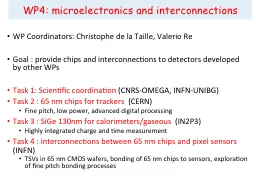PPT-Psych Review I Alyssa Norman, MS4
Author : winnie | Published Date : 2022-06-01
ahermanbuffaloedu Goals Brief o verview of material covered thus far Highlight important examrelevant material Provide a space for questions and discussion These
Presentation Embed Code
Download Presentation
Download Presentation The PPT/PDF document "Psych Review I Alyssa Norman, MS4" is the property of its rightful owner. Permission is granted to download and print the materials on this website for personal, non-commercial use only, and to display it on your personal computer provided you do not modify the materials and that you retain all copyright notices contained in the materials. By downloading content from our website, you accept the terms of this agreement.
Psych Review I Alyssa Norman, MS4: Transcript
Download Rules Of Document
"Psych Review I Alyssa Norman, MS4"The content belongs to its owner. You may download and print it for personal use, without modification, and keep all copyright notices. By downloading, you agree to these terms.
Related Documents

